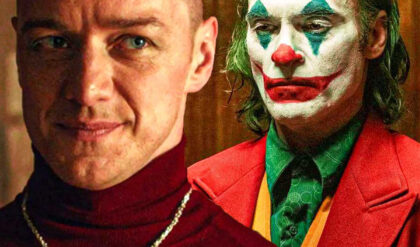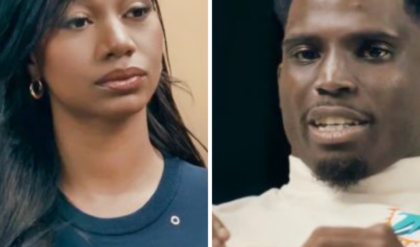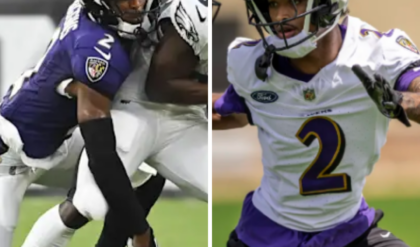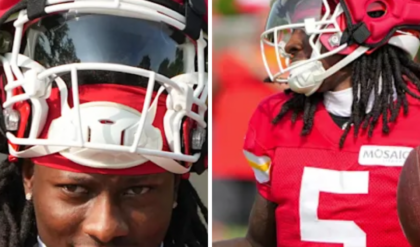Exploring the Retro Vibes: The Creative Journey of ‘Uptown Funk’ by Bruno Mars

Released in 2014, “Uptown Funk” by Bruno Mars featuring Mark Ronson became an international smash hit. The song spent 14 weeks at #1 on the Billboard Hot 100 chart in the United States, making it one of the longest-running #1 songs of all time. Its infectious groove, catchy lyrics, and funk-inspired production resonated with audiences worldwide.
Beyond its commercial success, “Uptown Funk” stands out for drawing inspiration from classic 1980s funk styles while feeling fresh and modern. The song is a testament to Bruno Mars’ talent for crafting retro-flavored pop hits and Mark Ronson’s skills as a producer. Its journey from initial jam sessions to global phenomenon reveals the collaborative effort and experimentation that went into its creation.
This article will explore the creative influences and development process behind “Uptown Funk” to gain insight into its retro vibes and enduring appeal. We’ll examine the Minneapolis funk roots that shaped its sound, the collaborative studio work between Mars and Ronson, and how its unconventional structure emerged. Ultimately, the song’s celebration of confidence and self-expression connects it to the funk genre’s spirit of joy and community.
Minneapolis Funk Roots
The foundation for “Uptown Funk” lies in the Minneapolis funk style popularized in the 1980s. Artists like Prince, The Time, and Morris Day & The Time defined the subgenre with its infectious rhythmic drive, synth-heavy instrumentation, and playful lyrical themes. These qualities are clearly present in “Uptown Funk.”
Musically, the song follows a familiar Minneapolis funk formula. Its driving four-on-the-floor beat, syncopated bassline, and staccato horn riffs immediately conjure images of Prince and The Time’s classic hits. The instrumentation relies heavily on synths rather than live instruments, as was common in 1980s funk productions.
Lyrically, “Uptown Funk” also fits the Minneapolis mold with its celebration of self-expression, style, and dancing. References to “dancing in the streets” and “moving my feet” directly connect to Prince’s oeuvre. The playful call-and-response between Mars and Ronson in the verses also mirrors the interplay between Prince and Morris Day on Time classics.
It’s no surprise Mars drew inspiration from Minneapolis funk, as he has cited Prince as a major influence throughout his career. His appreciation for that era’s sound and spirit clearly shaped “Uptown Funk” at the foundational level. The song transports listeners back to that funky time through its retro-inspired production values and themes.
Collaborative Studio Process
While Bruno Mars laid the groundwork, “Uptown Funk” truly came to life through collaboration with producer Mark Ronson in the studio. The initial spark came from a riff Mars’ horn section jammed on during tour rehearsals. Mars brought the idea to Ronson, kicking off their creative partnership.
In interviews, Ronson has discussed how their collaborative approach in the studio allowed the song to organically take shape:
“We’d just be in the studio jamming for hours on end. Bruno would be playing guitar or bass or drums or keyboards and we’d just be riffing and building these grooves together.”
Their collaborative dynamic proved integral to shaping elements like the call-and-response vocals, instrumental breaks, and overall funky vibe. Where Mars brought the musical ideas, Ronson helped refine and produce them into a polished recording.
Interestingly, the duo spent months workshopping different ideas for the chorus but ultimately decided against including one. This unconventional structure gave the song its distinct flow between verses and refrains. Their willingness to experiment led to creative solutions rather than conforming to pop radio formulas.
The collaborative process between Mars and Ronson showcases how the retro inspiration evolved through jam sessions, refinement, and trust in unconventional ideas. Their teamwork in the studio transformed that initial Minneapolis funk-inspired riff into a global smash.
Unconventional Development
Speaking of unconventional elements, “Uptown Funk” underwent a unique development journey before arriving at its finished form. While catchy pop songs usually follow standard verse-chorus patterns, this hit took a riskier route.
As mentioned, Mars and Ronson spent months crafting potential choruses for the song to no avail. They ultimately decided the verses and call-and-response sections worked better without a traditional pop chorus. This gave the song its distinctive ebb and flow rather than repetitive hook choruses.
The development timeline was also less straightforward than typical hit songs. Initial recordings dated back to 2012, but the song wasn’t released until late 2014. In between, Mars and Ronson continued refining and experimenting with different arrangements in the studio.
Their willingness to take an unconventional path, removing standard elements and letting the song evolve organically, resulted in its atypical yet highly effective structure. The risk paid off, as listeners found the song’s flow endlessly replayable without chorus fatigue.
The retro inspiration also informed this experimental approach. 1980s funk songs frequently broke the mold, incorporating extended jams, interludes, and unpredictable song forms. “Uptown Funk” channeled that spirit of rule-breaking creativity through its unorthodox development journey.
Celebration and Confidence
Beyond its sonic qualities, “Uptown Funk” connects to classic funk through its celebratory themes of self-expression, style, and dancing. The lyrics exude a sense of confidence and joy that fits the genre’s ethos.
From the opening lines, Mars declares his intention to “hit this city” and “get swifty” through dancing without shame. He encourages listeners to “own” the dance floor through confident moves. The call-and-response sections between Mars and Ronson build anticipation for releasing inhibitions.
Underlying themes of finding one’s groove, expressing individual style, and coming together through dance channel the same spirit as funk anthems by James Brown, Prince, and other icons. Their music often explored empowering messages of liberation through movement.
“Uptown Funk” carries that torch by celebrating the freedom and confidence that comes from losing oneself in the rhythm. Its lyrics and delivery instill a feeling of communal joy, as if inviting a massive dance party. That inclusive, feel-good energy is what made funk music so culturally impactful.
This celebration of self-expression and community likely contributed to “Uptown Funk” resonating so widely upon its release. At its core, the song spreads a positive message that has always been at the heart of great funk songs. Mars understood how to package that retro ethos for modern audiences.
Enduring Legacy
Seven years after its release, “Uptown Funk” maintains its status as one of the biggest pop hits of all time. Its blend of retro inspiration and modern flair clearly struck a chord that continues resonating.
The song’s success stems from cleverly blending 1980s funk roots with catchy pop structure through Bruno Mars and Mark Ronson’s collaborative process. Their experimentation led to an unconventional yet highly effective arrangement.
Most importantly, “Uptown Funk” channels the inclusive spirit and themes that made classic funk so culturally impactful – celebration, confidence, and community through dance. Mars understood how to update that ethos for new generations.
Its enduring popularity serves as a testament to the timelessness of great funk music. While retro-inspired at its core, “Uptown Funk” brought those vibes to the mainstream in a fresh, accessible package. The creative journey behind the scenes reveals how collaboration and rule-breaking can produce pop magic.
Seven years later, listeners still can’t stop their feet from moving to its infectious groove. “Uptown Funk” solidified Bruno Mars as a masterful hitmaker and kept the funk genre’s legacy alive for modern audiences to discover. Its creative origins and universal themes ensure the song will remain a retro classic for many more years to come.





